Kenya Asali AA TOP Coffee produced by Honey processing Plant _ exquisite 72-hour washing
Professional coffee knowledge exchange more coffee bean information please follow the coffee workshop (Wechat official account cafe_style)
Kenya Asali TOP AA
[Kenya Asali AA TOP exquisite 72-hour washing]
Country: Kenya
Producing area: Sika Thika
Processing plant: Asali honey processing plant
Altitude: 1550-1750 m
Soil: volcanic soil
Rating: AA TOP
Variety: sl-28,sl-34
Treatment: 72 hours washing
Kenya is a famous coffee producing country in East Africa, and it is also an important producing area of high-quality coffee in the world. Kenya coffee has a full flavor and strong characteristics, and the coffee trade method also has a set of fine system. The classification of coffee bean size, such as AA or AB, cannot be equated with the flavor. The bidding batch of the coffee bureau is based on the cup to test the flavor. The bidding price of the fine product Kenya remains high, and the competition of raw bean merchants from various countries is very fierce. The good reputation of Kenyan coffee comes from the technical research and development of academic units, careful education of farmers' knowledge related to coffee planting, and farmers' meticulous quality control; while the microclimate and fertile soil suitable for coffee growth, the high hardness of coffee beans and the traditional 72-hour long Kenyan washing method are all the reasons for the bright and sour characteristics of Kenyan coffee.
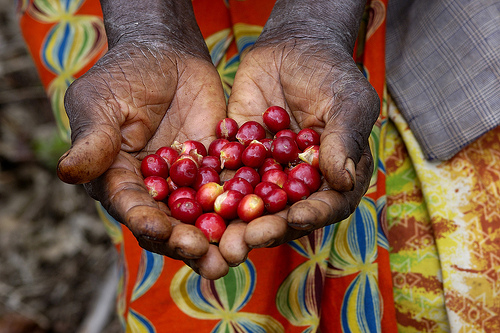
01 | introduction of the processing plant
"Asali" means "honey" in Swahili (the official languages of Kenya are English and Swahili). The Honey processing Plant (The Asali Cooperative) is located in the Great Rift Valley Sika region in the Aberdare Mountains of Kenya, connected to Ethiopia to the east. Honey processing plant is a washing plant composed of 155 small coffee farmers. Coffee cherries come from neighboring small coffee farmers. On Mount Kenya (MT. KENYA) and MT. Among Elgon, the more famous producing areas are Meru, Thika, Nyeri, Nakuru, Embu and so on.
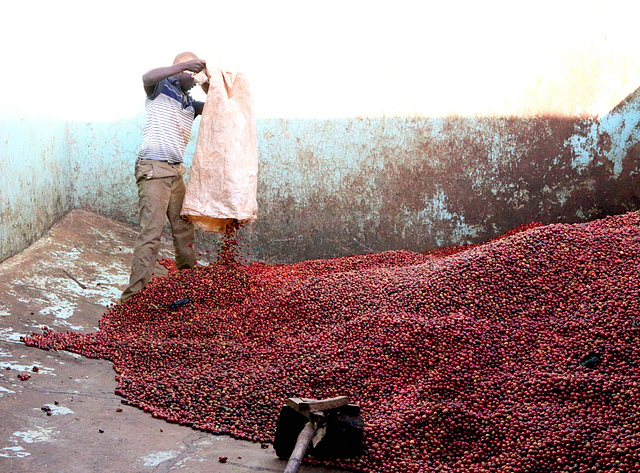
The raw bean treatment method of honey treatment plant is mainly water washing, grading according to the size of beans, and finally cup test to determine its actual value. The highest grade coffee beans are AA (the beans left on the 7.2mm sieve), followed by A (the next largest coffee beans left on the 6.8mm sieve), B (medium coffee beans left on the 6.2mm sieve), C (all small beans smaller than B), PB (oval granulated beans), and finally, too light, too small TT and T beans. Generally speaking, grade An and B beans will be mixed for export, which is the AB grade that we often hear in the market.
The Kenyan authorities (CBK) have very high requirements for coffee beans, not only of good quality and quality, but also of consistent packaging, no wonder coffee lovers never forget to try a cup of Kenyan coffee.
02 | production area description
The coffee producing areas in Kenya are mainly concentrated in the plateau areas represented by Mount Mt.Kenya. Tropical climate, acid red volcanic soil provides a natural and suitable growth environment for coffee. It is most famous for seven major producing areas, including Neri, Sika, Chiambu, Geliniya, Ruiru, Mulanga and the western side of Mount Kenya, with the main producing areas such as Nyeri and Ruiru in the middle.
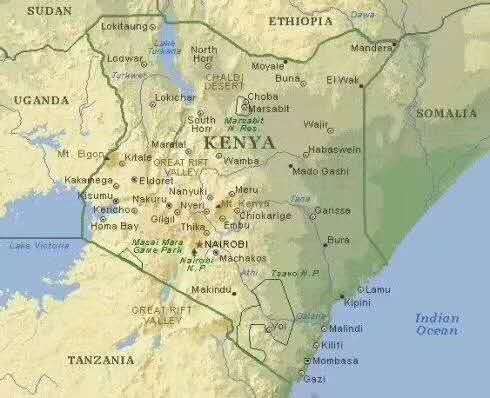
03 | Analysis of raw beans
SL-28 and SL-34 are the two most respected varieties produced by the Scott laboratory in Kenya in the 1930s. The Scott Laboratory no longer exists, but it is now the National Agricultural Laboratory and part of the Kenyan Agricultural and Animal Husbandry Research Organization. Both varieties are derived from bourbon.
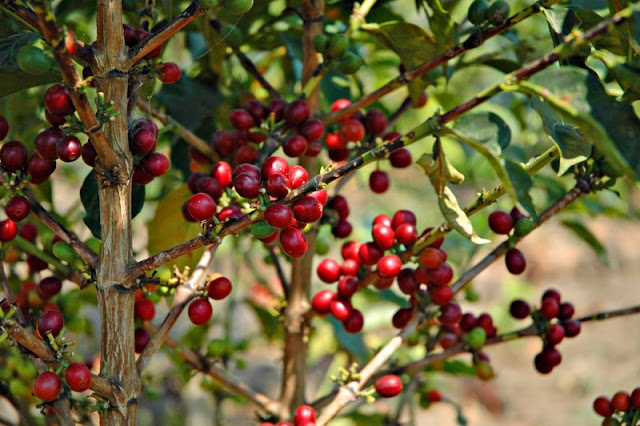
Although it comes from a different pedigree: SL-28 was developed from drought-resistant varieties originally grown in Tanganyika, which is part of modern Tanzania; it is generally considered to be of the highest quality, but its yield is low compared to other commercial Arabica varieties. SL-34 is a variety originally found near Kabete and performs well at low elevations. Both SL variants showed bronze tender leaves.
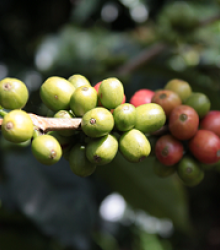
04 | introduction to the handling method
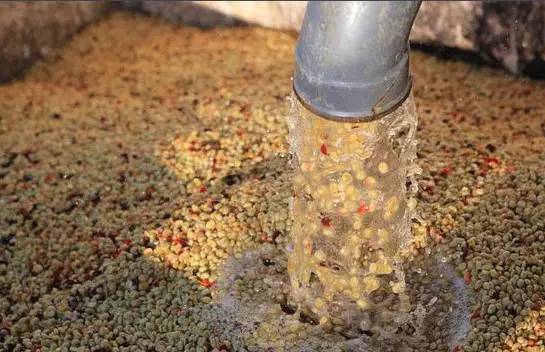
Kenyan water washing is a cyclic repeated treatment after fermentation. On the day of harvest, the best quality coffee cherries are selected, peeled and fermented. The fermentation time is 24 hours, and then washed with clean river water after 24 hours. Then, it is fermented again with clean river water for 24 hours, and then washed, so it is repeated 3 times for 72 hours, so it is called Kenyan 72-hour fermentation water washing treatment, referred to as K72. This treatment allows coffee beans to ferment for a long time at low temperature, so that beans can have a brighter, cleaner but full flavor!
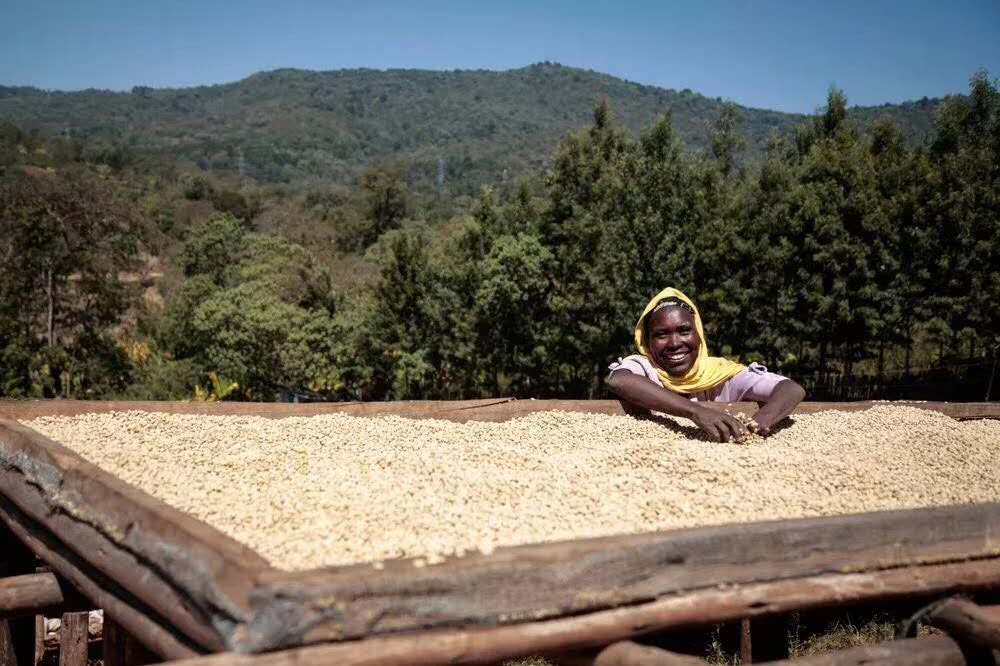
05 | Baking analysis
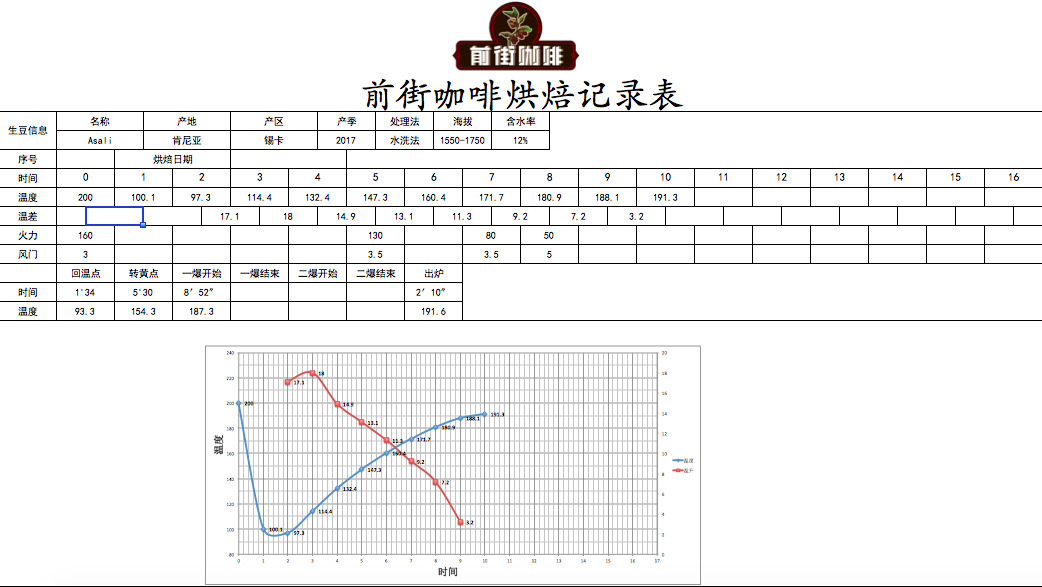
This full-bodied Kenyan coffee, due to its high altitude and hard beans, climbed at a higher temperature at first, turned yellow in about 5 minutes, then reduced its firepower into the Mena reaction, and then decreased its firepower again to lengthen the Mena reaction time at 178C.
When the first burst begins, it is highly endothermic, so it is recommended to maintain heat at this stage to prevent stagnation. The development of first explosion takes more time, which is helpful to reduce acidity and develop flavor.
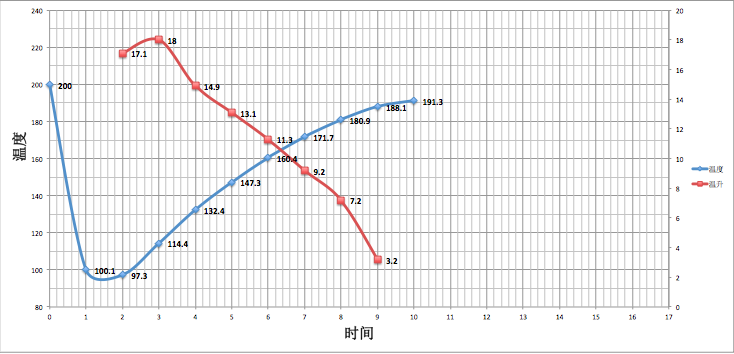
Roaster Yangjia 600g semi-direct fire
The furnace temperature is preheated to 200 degrees into the pot, the throttle is opened at 3J30s, fire is fired, the firepower is adjusted to 160, the throttle is unchanged, the temperature return point is 1`34``, keep the firepower, 5`30` turns yellow, the smell of grass disappears, enters the dehydration stage, the firepower is reduced to 130, the throttle is opened to 3.5.
7`45 dehydration finished, firepower dropped to 80, 8`30 is the bean table wrinkled and black markings, toast flavor into coffee, as a prelude to an explosion, then pay attention to the sound of an explosion. When it starts to explode at 8`52`, the throttle is fully open for 5, and the firepower is reduced to 50, reducing the degree of caramelization. After an explosion, the development time is 2 minutes and 10 seconds, to 191.6 degrees.
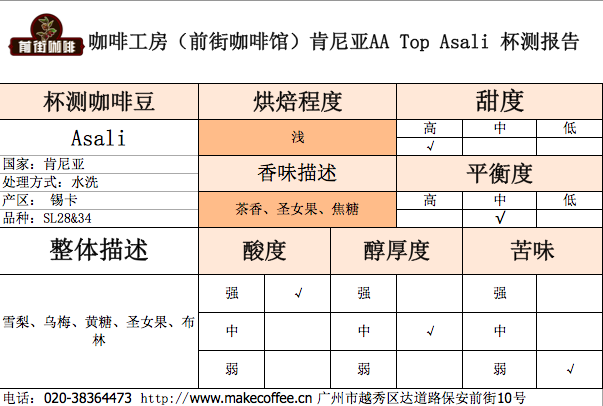
This is a classic Kenyan AA coffee with wet aromas of ripe tomatoes and flowers, imported virgin fruit and black plum flavors, bright acidity, clean palate, medium body, outstanding sweetness in the middle, juicy, raspberry and yellow sugar on the finish, and [green tea] aromas.
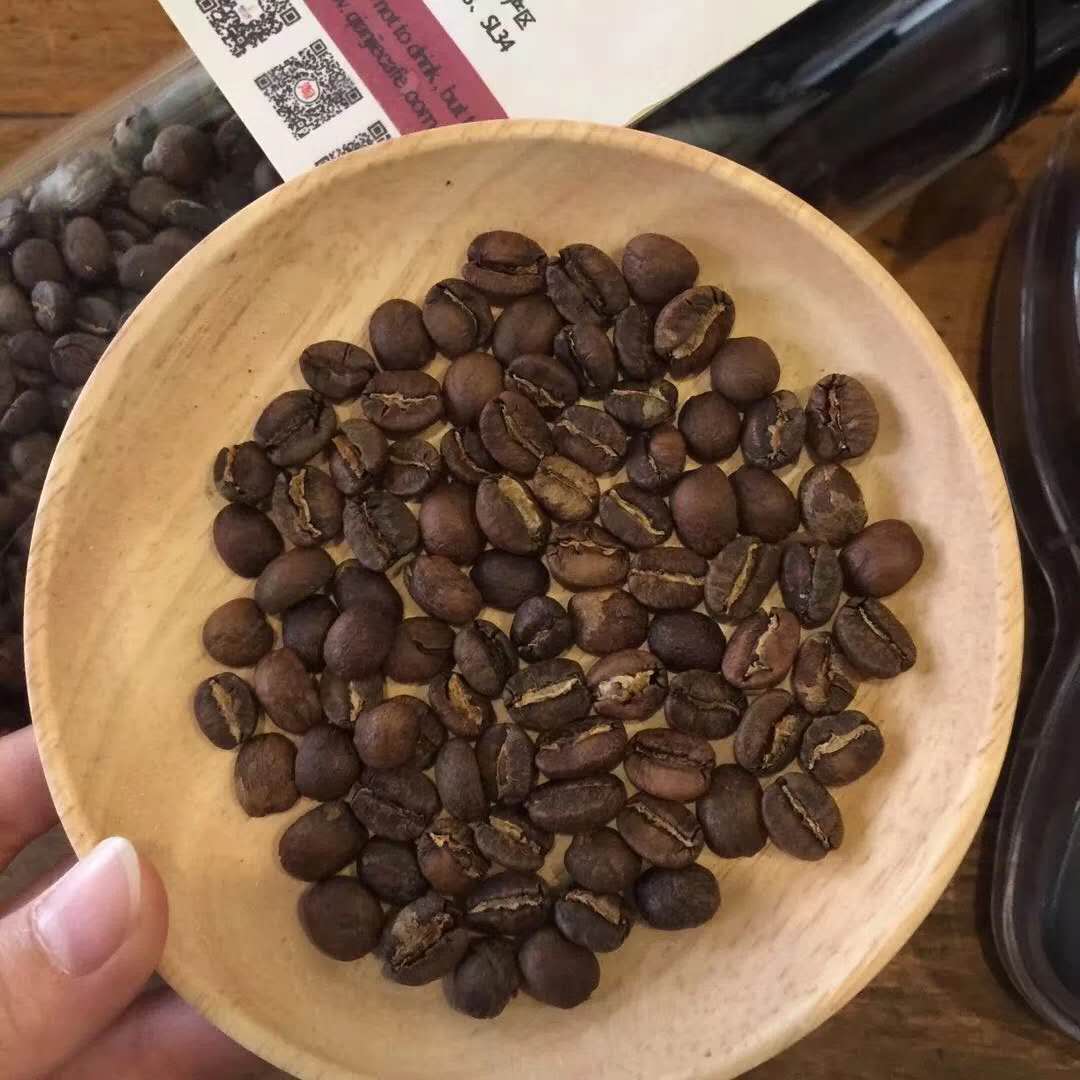
06 | Cooking data
Recommended cooking methods: siphon, hand flushing
Degree of grinding: 3.5 (Fuji R440, Japan)
Water temperature: 91 °C
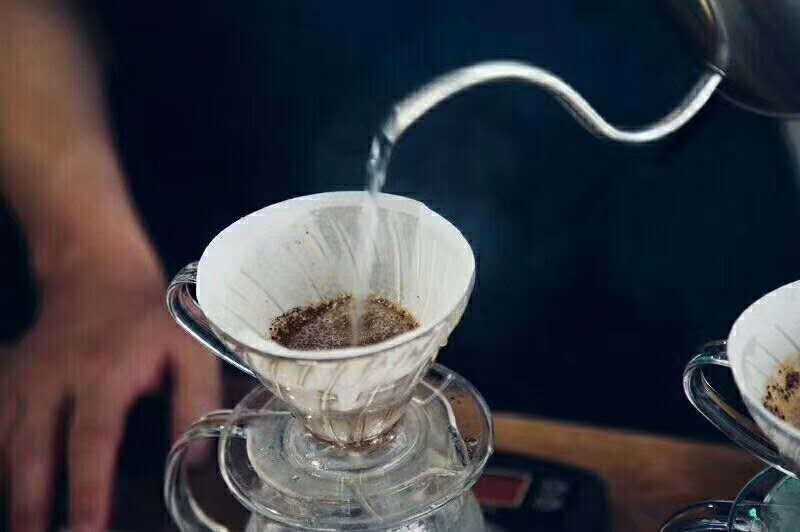
V60 filter cup, 15g powder, water temperature 90-91 degrees, grinding 3.5.The ratio of water to powder is close to 1:15
Steaming in 30 grams of water for 30 seconds
Segment: water injection to 120ml cut off, slow water injection to 225ml
That is, 30-120-75
Other suggestions for trickling extraction:
Normal pressure, recommended grinding degree of 3.5-4 / water temperature 90 °C
Philharmonic pressure, recommended 2.5 grinding degree, water temperature 90 °C
Hand punch: 3.5 degree of grinding, water temperature 91 °C
3.5 Grinding-90 degrees water temperature
Bean grinder
Grinding degree
Powder quantity
Filter cup
Little Fuji
3.5
15g
V60
Water temperature
Stuffy steam
The second stage of water quantity
The third stage of water quantity
Total time 1:50
91 degrees
30g water for 30s
120g 1:00
75g
Total amount of water: 225
Sweetness: ☆☆☆☆

Important Notice :
前街咖啡 FrontStreet Coffee has moved to new addredd:
FrontStreet Coffee Address: 315,Donghua East Road,GuangZhou
Tel:020 38364473
- Prev
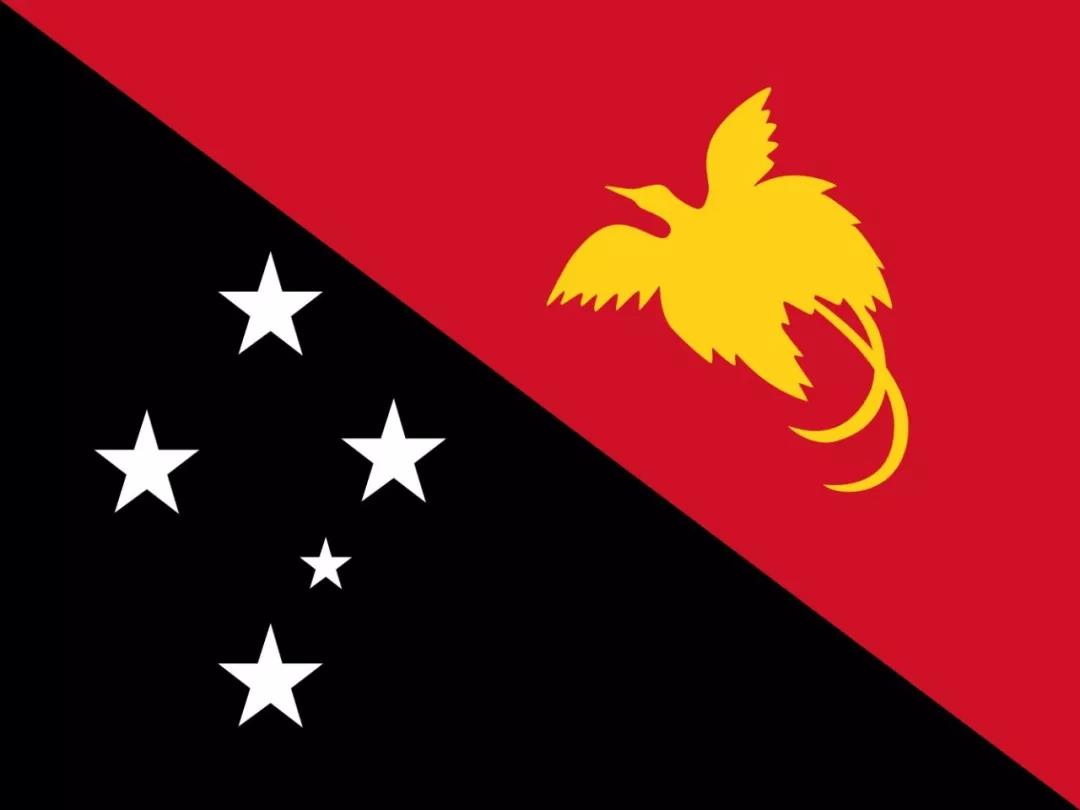
Papua New Guinea Paradise Bird Coffee beans feature Jamaican Iron Card Asian Little Blue Mountain Story
01 | the people of Papua New Guinea regard the beautiful bird of paradise as a bird of freedom and joy, a gift from the gods. PNG AA Sigri Manor Arabica Coffee, like the migration of birds, was bred from the Jamaican Blue Mountain Ironka to Papua New Guinea, with the same ancestry of the Jamaican Blue Mountains. In Papua New Guinea, coffee is
- Next
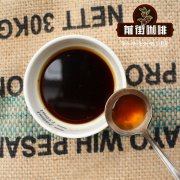
Individual coffee beans recommend Salvadoran coffee Andes Farm the best coffee in the world
Professional coffee knowledge exchange more coffee bean information please follow the coffee workshop (Wechat official account cafe_style) El Salvador Santa Andes farm Sl28 washed El Salvador Santa Ana Los Andes Sl28 washed production country: El El Salvador producing area: Apaneca-Ilamatepec Mountains; Santa Anna Santa Ana Farm
Related
- Detailed explanation of Jadeite planting Land in Panamanian Jadeite Manor introduction to the grading system of Jadeite competitive bidding, Red bid, Green bid and Rose Summer
- Story of Coffee planting in Brenka region of Costa Rica Stonehenge Manor anaerobic heavy honey treatment of flavor mouth
- What's on the barrel of Blue Mountain Coffee beans?
- Can American coffee also pull flowers? How to use hot American style to pull out a good-looking pattern?
- Can you make a cold extract with coffee beans? What is the right proportion for cold-extracted coffee formula?
- Indonesian PWN Gold Mandrine Coffee Origin Features Flavor How to Chong? Mandolin coffee is American.
- A brief introduction to the flavor characteristics of Brazilian yellow bourbon coffee beans
- What is the effect of different water quality on the flavor of cold-extracted coffee? What kind of water is best for brewing coffee?
- Why do you think of Rose Summer whenever you mention Panamanian coffee?
- Introduction to the characteristics of authentic blue mountain coffee bean producing areas? What is the CIB Coffee Authority in Jamaica?

